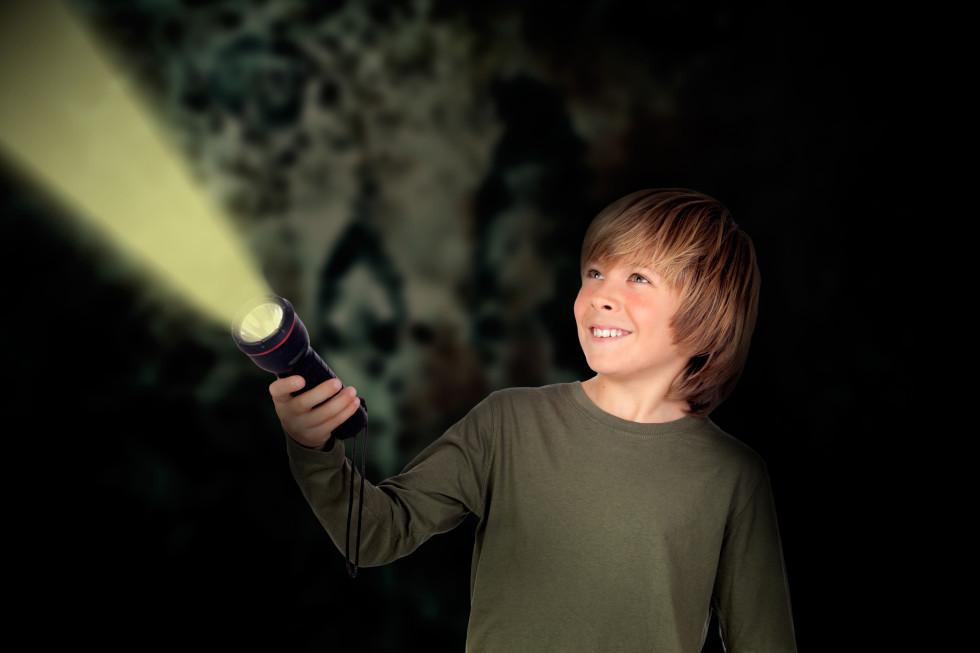European Researchers’ Night
This year’s European Researchers’ Night focuses on exploring the coexistence of humans and animals. Two projects will be implemented in Slovenia, i.e. Humanistika, to si ti! (Humanities Rock!) and Noč ima svojo moč! (The Night has its Might). Both projects successfully applied to the call of the European Commission.
Stojan Sorčan of the Ministry of Education, Science and Sport is certain that the purpose of the European Researchers’ Night is extremely important. "Science is essential, but its communication with the public is even more important. Science results are crucial, as they change our lives," he highlighted. The event is thus particularly intended to showcase various researchers, including young ones.
The Humanities Rock! project is taking place under the auspice of the University of Ljubljana. This is the only project in Europe that deals with humanities, as its slogan emphasises the significance of humanities, social sciences and research. The starting point of the project is that all sciences are intrinsically humanistic. As a result, university members representing almost all scientific disciplines, including natural and technical sciences and art academies, have collaborated. Together they represent the role of scientific and artistic research.
The purpose of The Night has its Might project is to make the broadest possible circle of people aware of the researchers and their work, raise awareness about the significance of research and innovation, their impact on the society and the economy, and career prospects. The project activities will encompass science festivals in the main squares of four towns, research days and primary and secondary schools, several non-technical lectures and workshops in libraries and museums, and open-door days at research and cultural institutions. Researchers will open doors of faculties, laboratories, and science and research centres. They will showcase their work and listen to everyone driven by curiosity, especially young people who are choosing their life and career paths.


